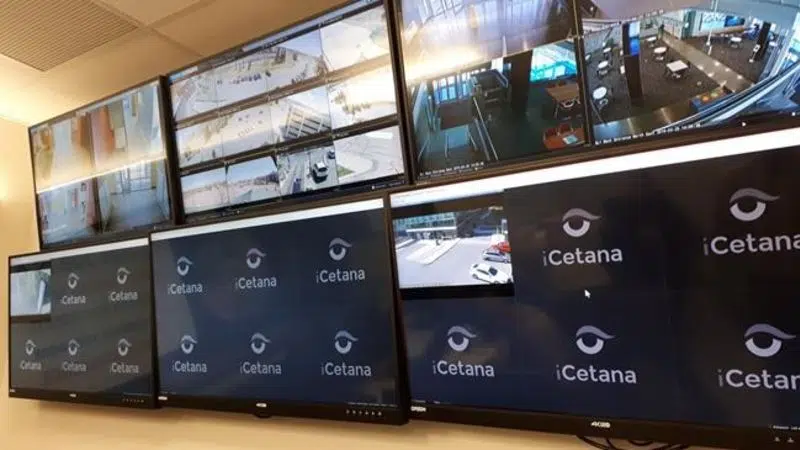
‘A lot safer place:’ Calgary university uses AI to monitor threats
CALGARY — A post-secondary school in southern Alberta is turning to artificial intelligence to make its buildings safer and to allow security officers to catch criminals in the act.
The technology at Mount Royal University in Calgary alerts officials when anything out of the ordinary occurs in the normal flow of university hallways or on its grounds.
Developed in Australia, the iCetana system breaks everything down to pixels and “learns” the movement patterns of people, equipment and vehicles across the campus over a 14-day period. It comes to recognize shapes, sizes and movement — but not people or specific objects.


